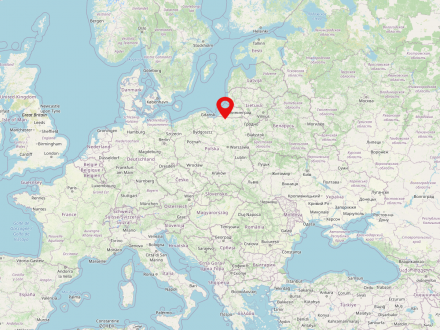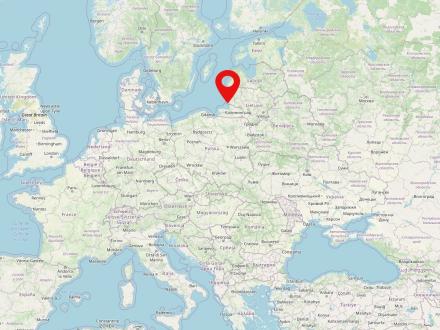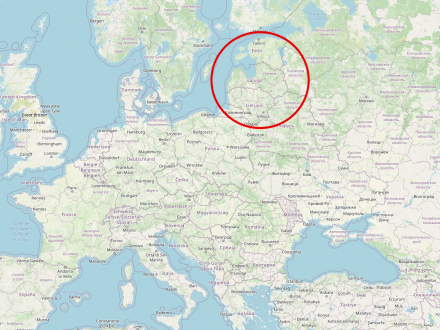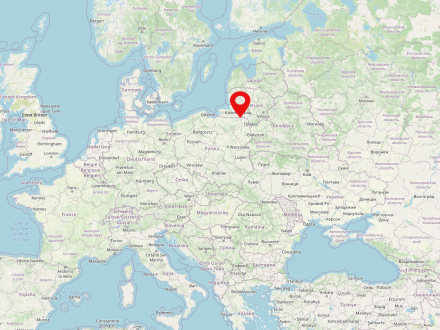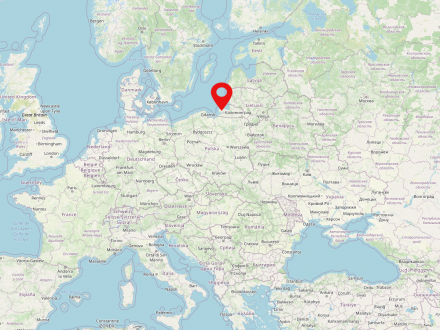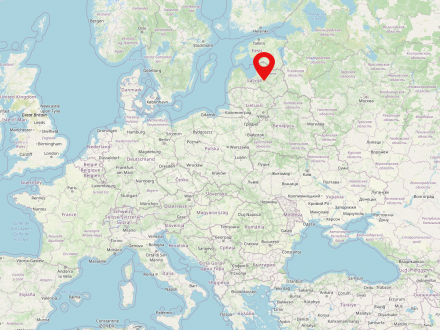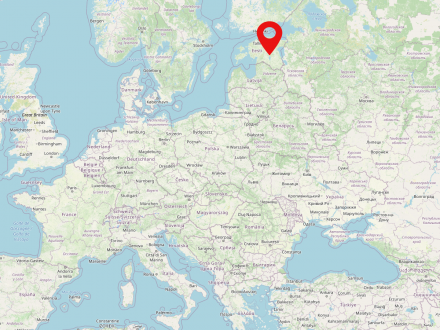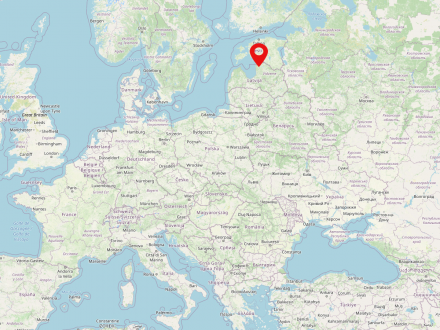East Prussia is the name of the former most eastern Prussian province, which existed until 1945 and whose extent (regardless of historically slightly changing border courses) roughly corresponds to the historical landscape of Prussia. The name was first used in the second half of the 18th century, when, in addition to the Duchy of Prussia with its capital Königsberg, which had been promoted to a kingdom in 1701, other previously Polish territories in the west (for example, the so-called Prussia Royal Share with Warmia and Pomerania) were added to Brandenburg-Prussia and formed the new province of West Prussia.
Nowadays, the territory of the former Prussian province belongs mainly to Russia (Kaliningrad Oblast) and Poland (Warmia-Masuria Voivodeship). The former so-called Memelland (also Memelgebiet, lit. Klaipėdos kraštas) first became part of Lithuania in 1920 and again from 1945.
The landscape, history and inhabitants of East Prussia left a lasting impression on many artists. Paintings, sculptures and graphic artworks by artists from Lovis Corinth to Käthe Kollwitz feature in the exhibition as well as various works from the
Nida is a small town on the Lithuanian Baltic coast. The city is in the west of the country directly on the border with the Russian oblast Kaliningrad. It is inhabited by just under 2,400 people and is the most western city in Lithuania.
The Curonian Spit is a peninsula on the Baltic Sea coast, which belongs to Lithuania and the Russian Kaliningrad Oblast. The peninsula is 98 km long and is a UNESCO World Heritage Site. It divides the Curonian Lagoon from the Baltic Sea and is known for the artists' colony.
The Baltic Germans can look back on a history of more than 700 years. The exhibition leads through several epochs, exploring the eventful past of the former German-speaking ruling class, starting with the medieval beginnings of the "German “Hanseatic League"“ “Hanseatic League"“ In the Middle Ages, the Hanseatic League was initially an alliance of merchants, set up for mutual protection, and later a network of cities that monitored trading privileges, protected merchants and their goods, and made trade policy decisions at meetings called "Tagfahrten". The Hanseatic League's sphere of influence extended from the North Sea coast to the entire Baltic Sea region. " and the conquests of the "Teutonic Order", through the period when Russian provinces were established in the region in the 18th and 19th centuries to the resettlements resulting from the “Hitler-Stalin Pact“ “Hitler-Stalin Pact“ The Hitler-Stalin Pact, also known as the German-Soviet Non-Aggression Pact or Molotov-Ribbentrop Pact, was concluded in 1939 and divided Europe into two "spheres of interest" – in simple terms, the German Reich and the Soviet Union divided Europe between themselves into territories that they wanted to conquer or leave to the other. Among other things, the treaty provided for the partition of Poland and thus also provided the basis for the German invasion of Poland. .
Through contemporary historical documents, visitors can learn interesting facts about the integration of the refugees in post-war Germany and the handling of their heritage in Poland, Russia and the Baltic States.
The Baltic States is a region in the north-east of Europe and is composed of the three states Estonia, Latvia and Lithuania. The Baltic States are inhabited by almost 6 million people.


The Romincka Forest (also: Romincka Heath) is an extensive forest and heathland area stretching along the Polish-Russian border in the southeast of Russia's Kaliningrad Oblast and the northeast of Poland's Warmia-Masuria Voivodeship. Before 1945, the area was part of the Prussian province of East Prussia and known as a Royal Prussian hunting ground. Emperor Wilhelm II (1859-1941) had a wooden hunting lodge built here starting in 1891, which was merged after his death with the nearby Reichsjägerhof Rominten, built by the National Socialists under Hermann Göring (1893-1946), and expanded to include bunkers and other infrastructure. Göring also used the Reichsjägerhof and the military facilities as his personal headquarters and the representative buildings, including the hunt itself, for propagandistic self-dramatization.


The Baltic Sea peninsula Samland stretches between the Vistula Lagoon and the Curonian Lagoon, thus connecting the two spits. Until 1945 it belonged to the Province East Prussia, since the end of the Second World War to the Soviet Union or today to Russia. The Samland developed with Baltic seaside resorts such as Cranz (today Selenogradsk) or Rauschen (today Swetlogorsk) since the 19th century to a much-visited tourist attraction.


Latvia is a Baltic state in the north-east of Europe and is home to about 1.9 million inhabitants. The capital of the country is Riga. The state borders in the west on the Baltic Sea and on the states of Lithuania, Estonia, Russia and Belarus. Latvia has been a member of the EU since 01.05.2004 and only became independent in the 19th century.
Estonia is a country in north-eastern Europe and geographically it belongs to the Baltic States. The country is inhabited by about 1.3 million people and borders Latvia, Russia and the Baltic Sea. The most populated city and capital at the same time is Tallinn. Estonia has been independent since 1991 and is a member of the European Union.
Livonia (latv. Livonija, est. Liivimaa) is a historical landscape in the Baltic States. Nowadays it includes parts of southern Estonia and northern Latvia. The landscape was named after the Livons who once lived there.





